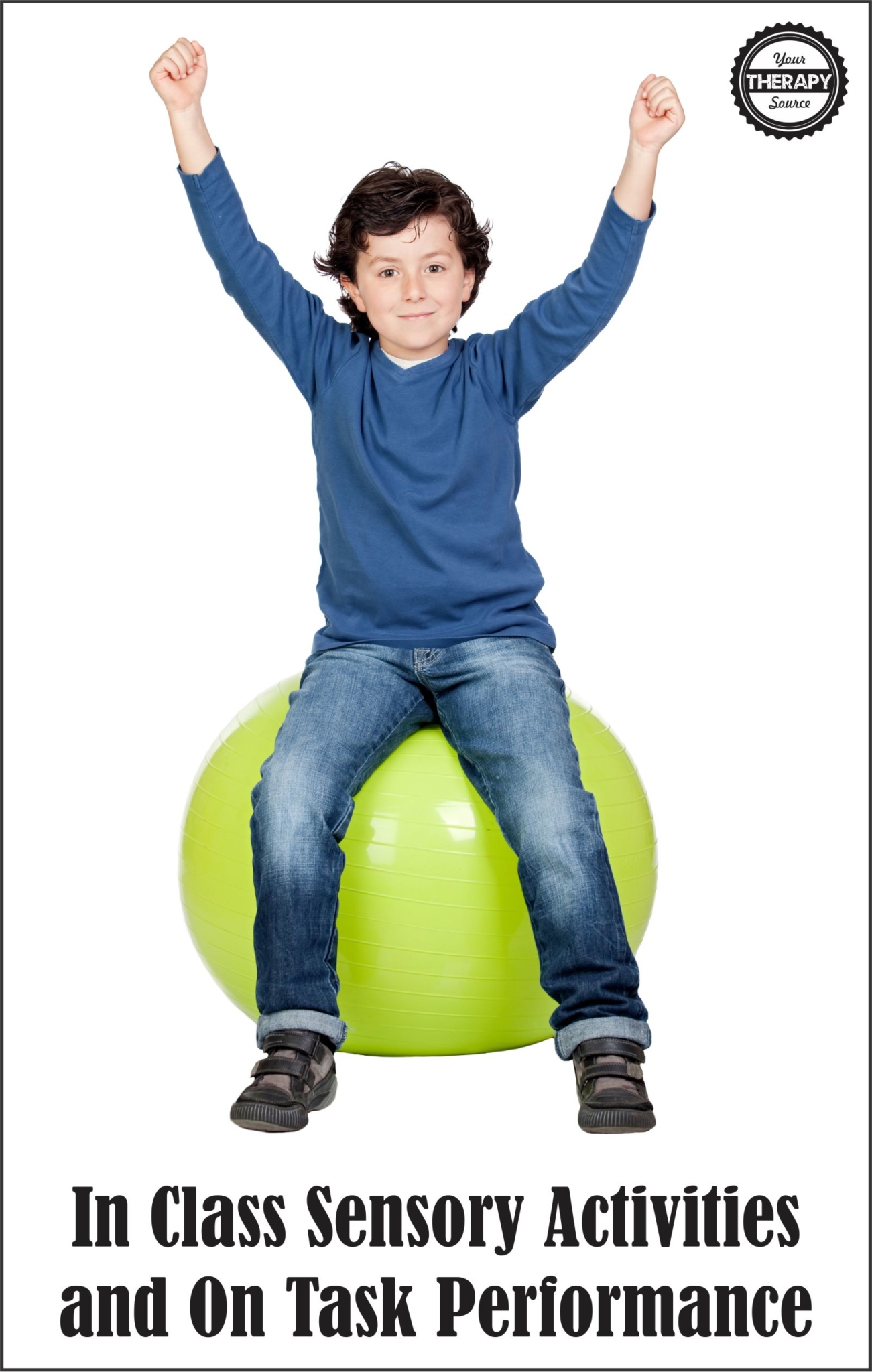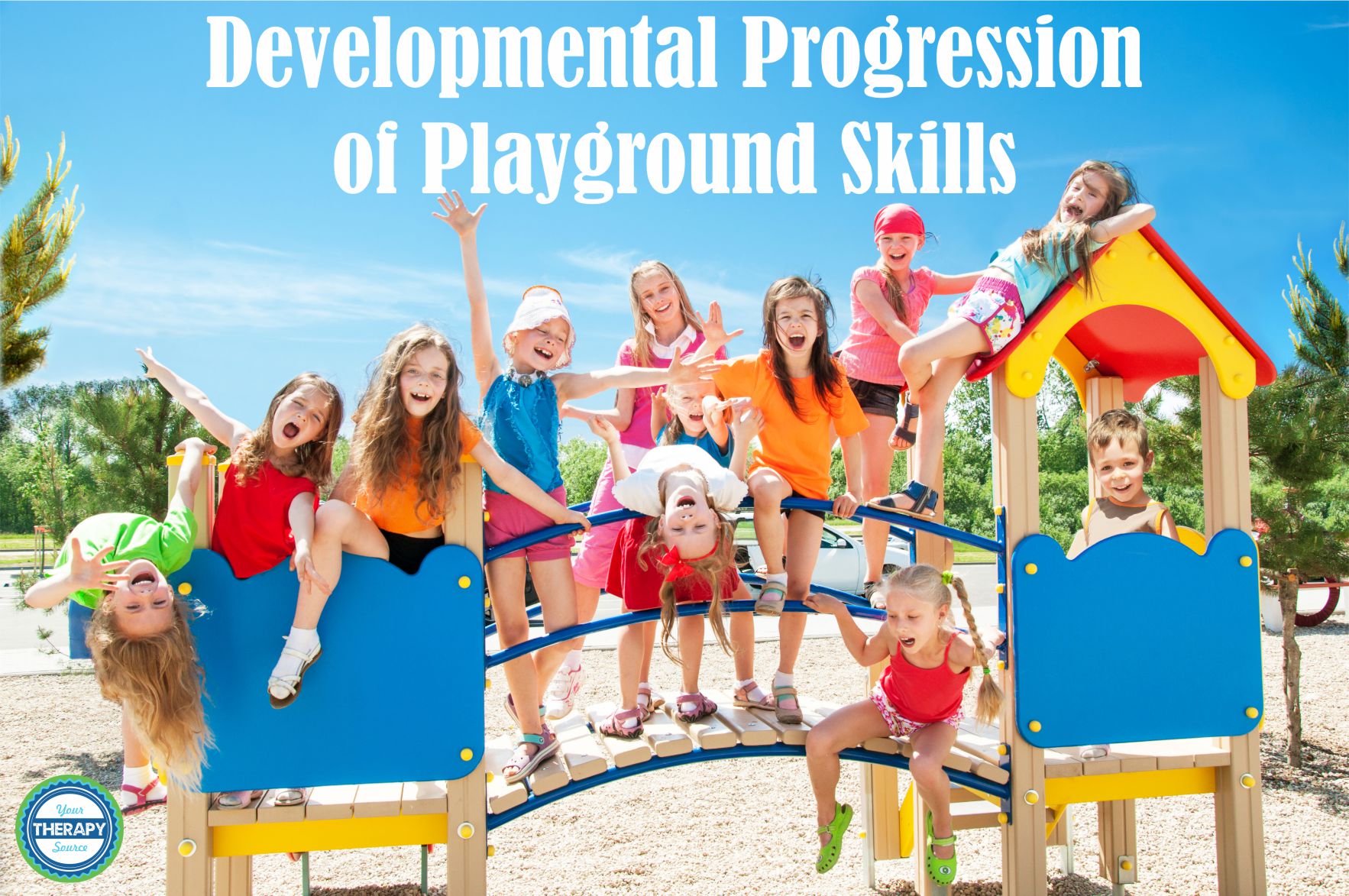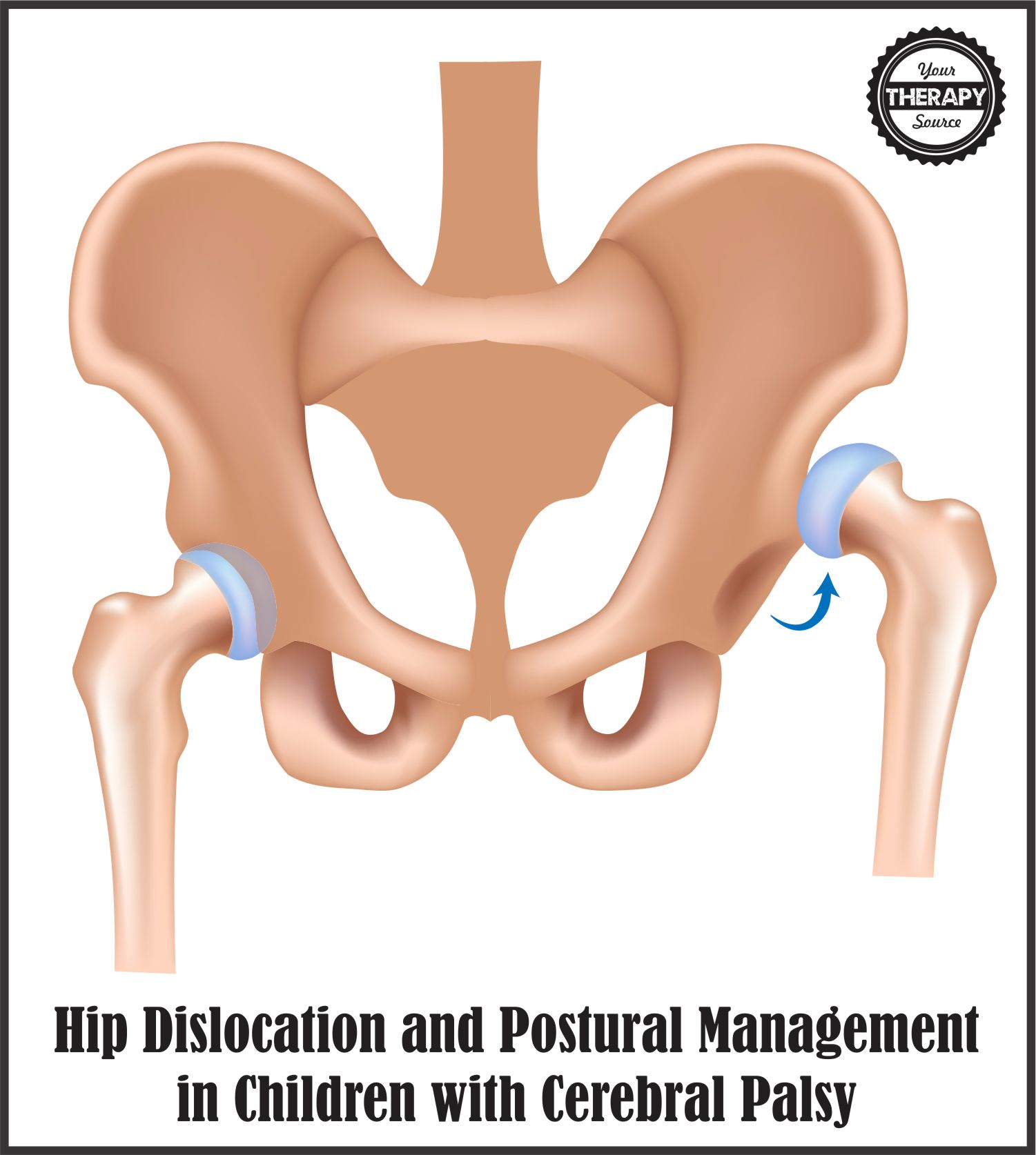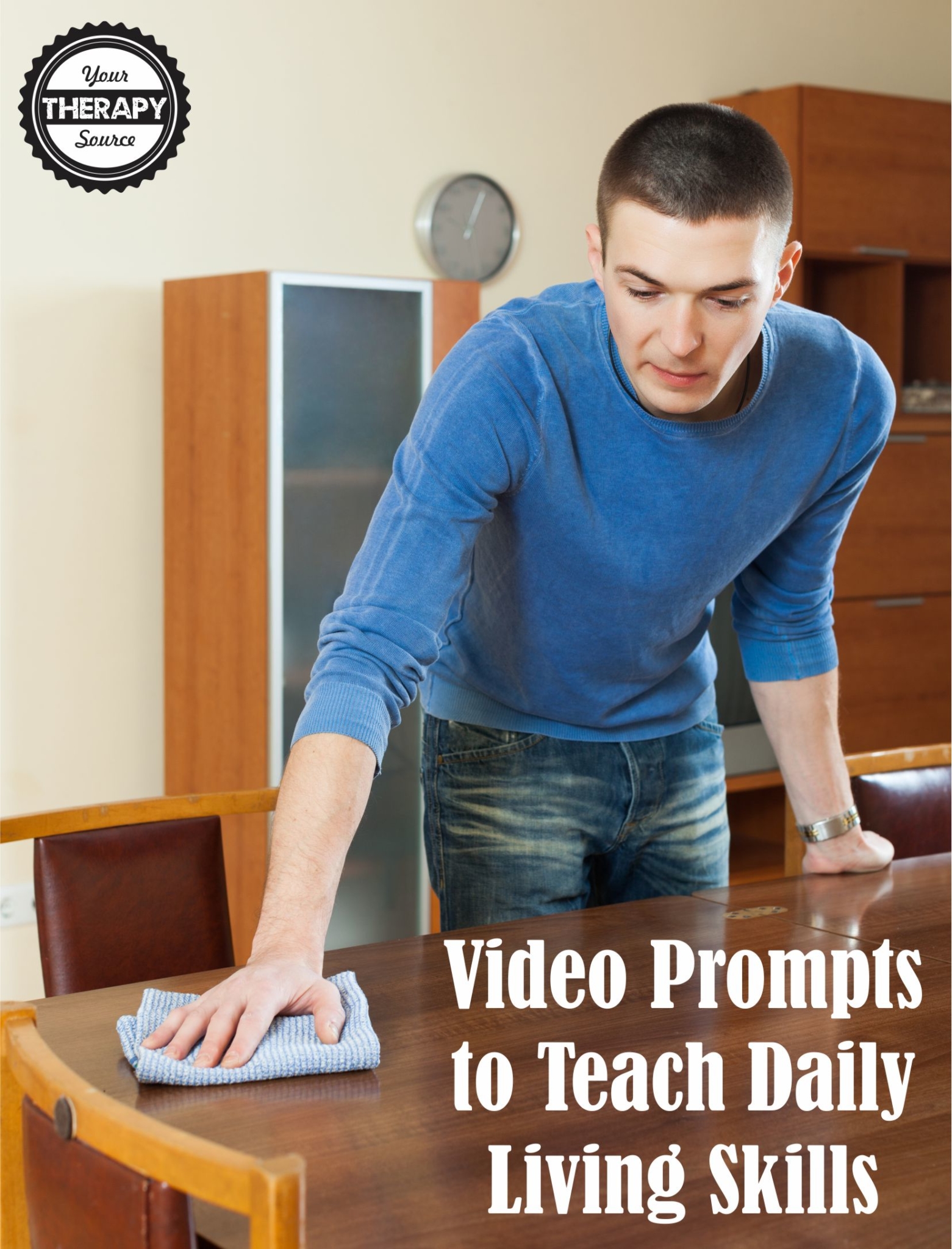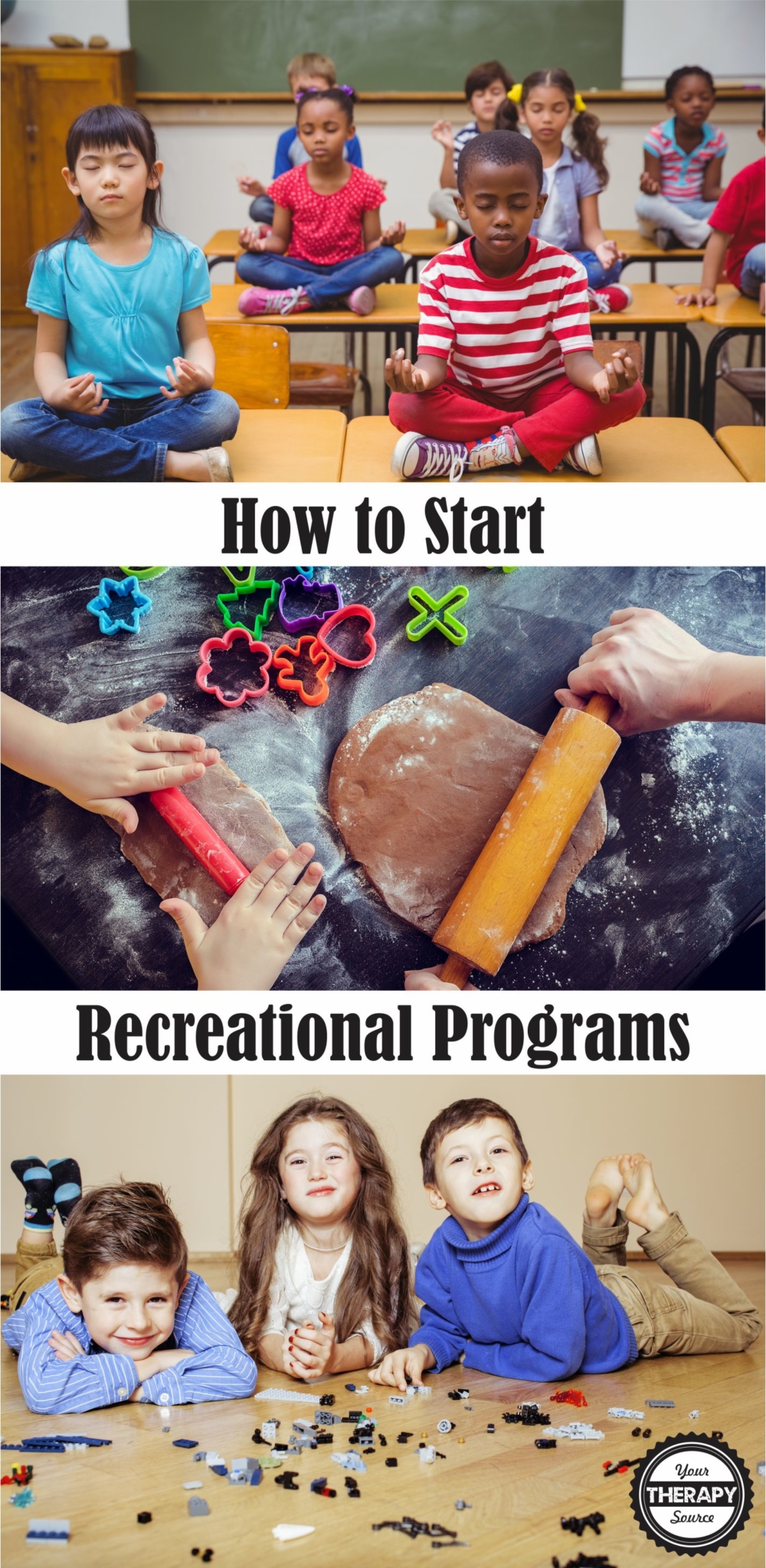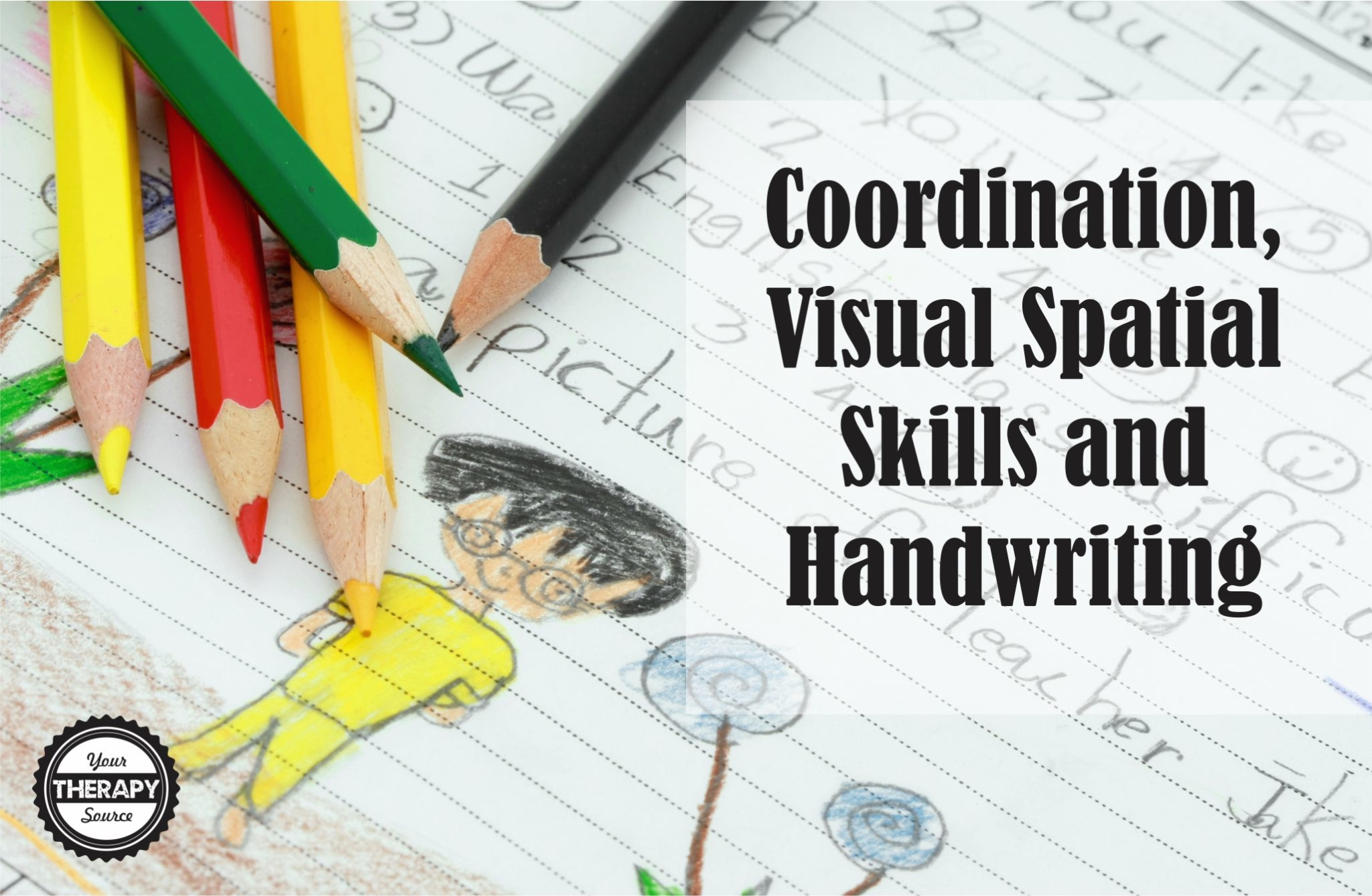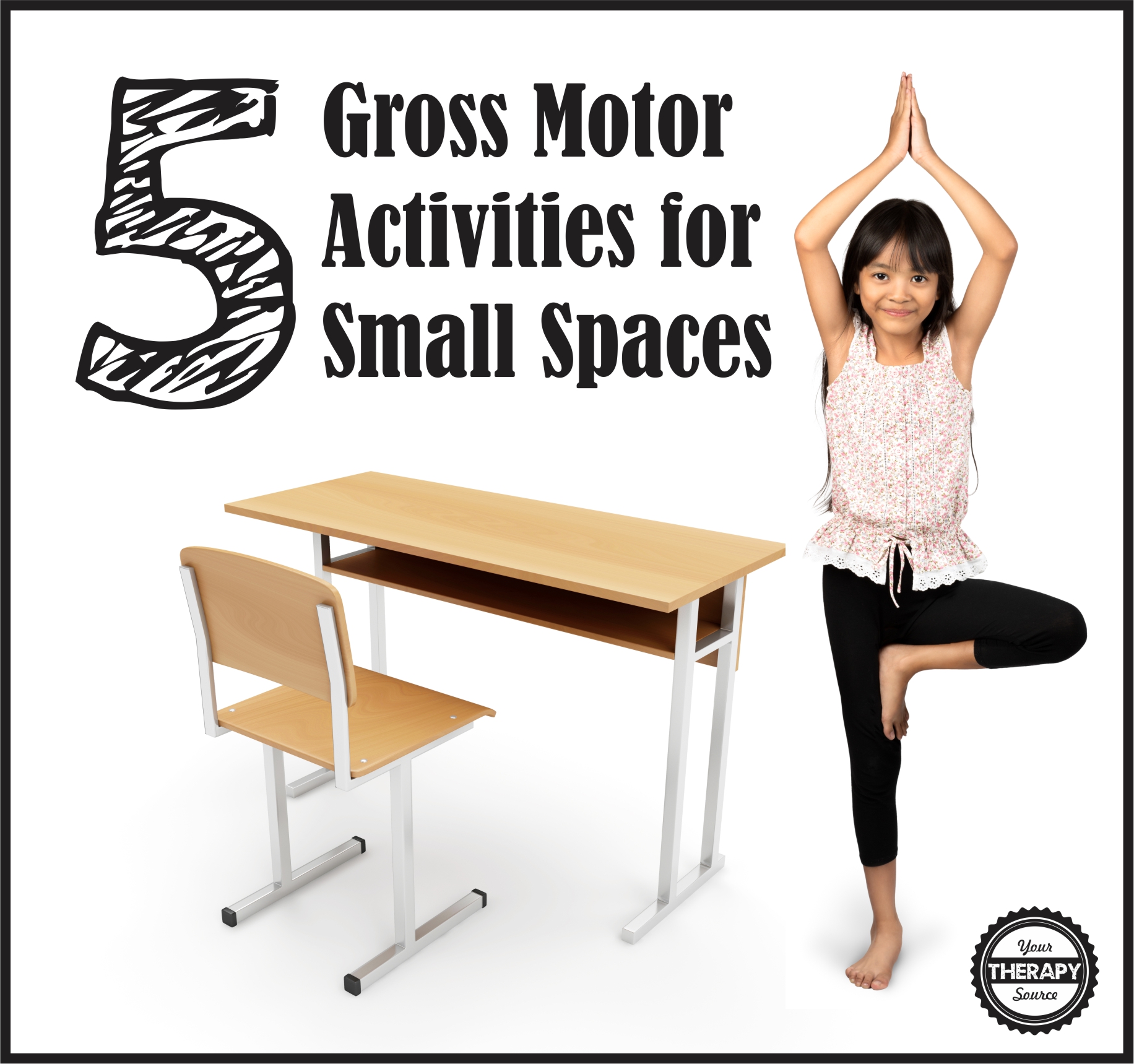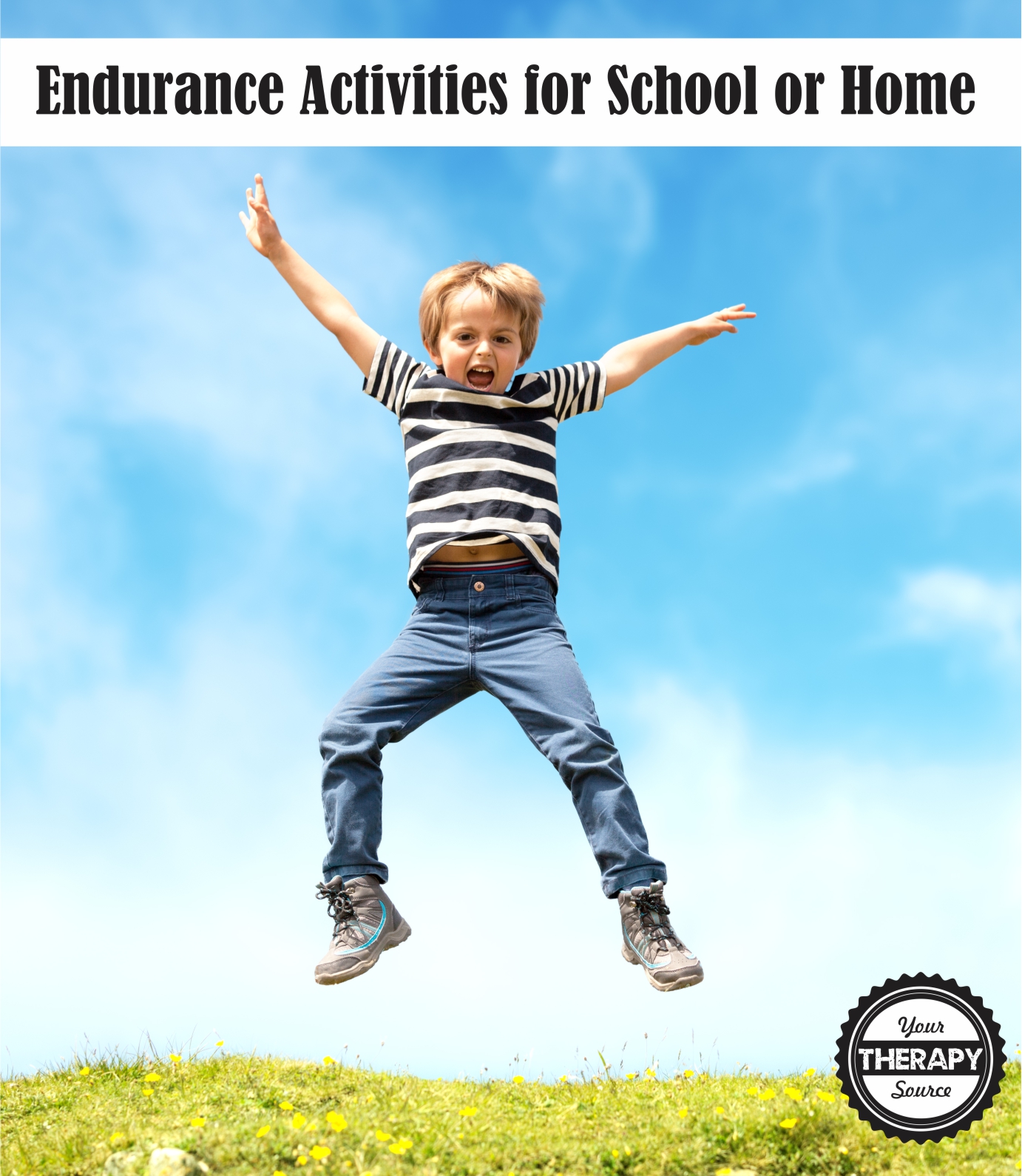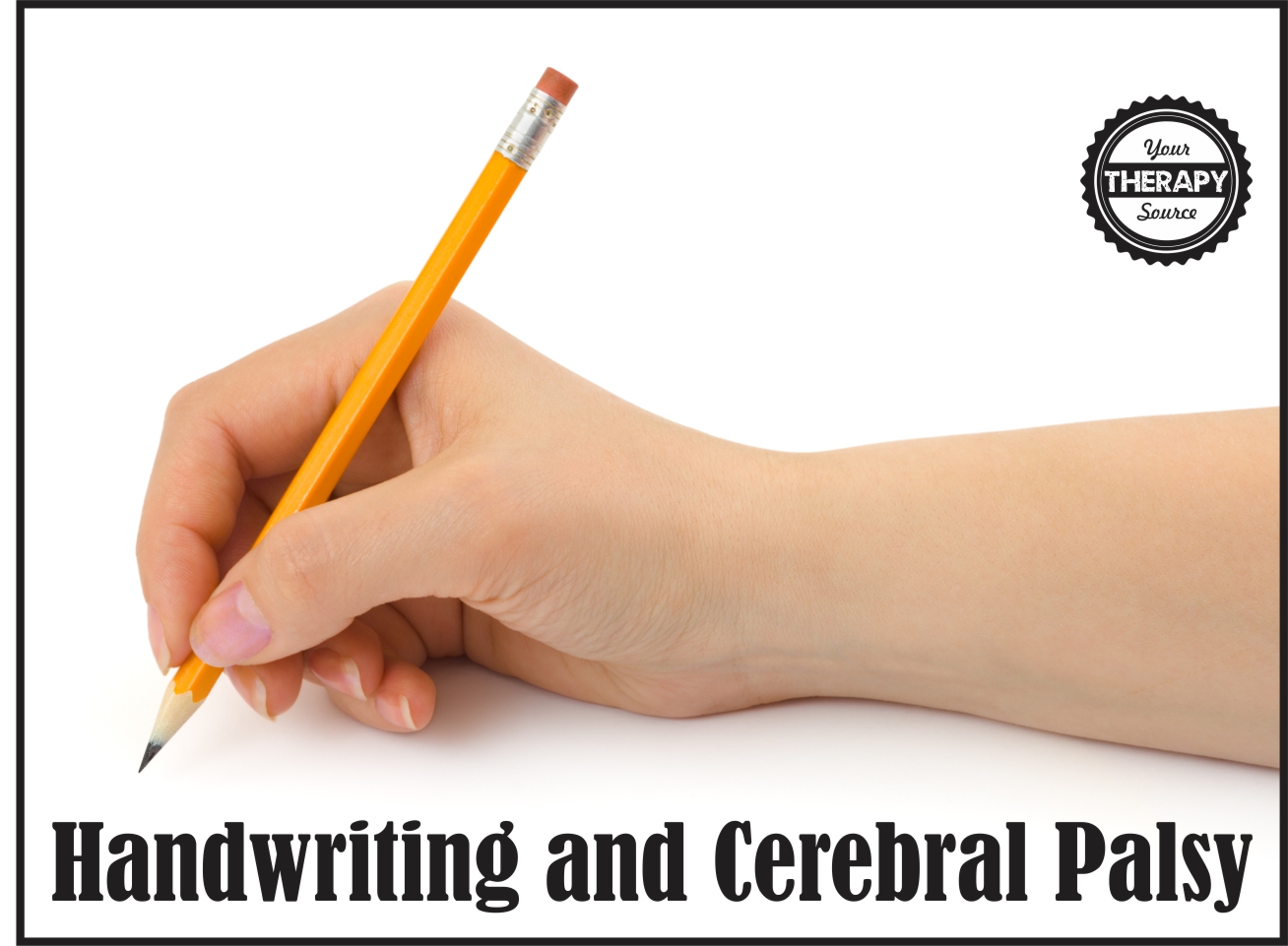In Class Sensory Activities and On Task Performance
The British Journal of Occupational Therapy published research on in class sensory activities and on task performance of 4 students with autism using a non-concurrent, AB single system research design across multiple baselines. Data was collected by school staff using video recording during classroom tasks. Stage one of the Perceive, Recall, Plan, Perform (PRPP) System of Task […]

